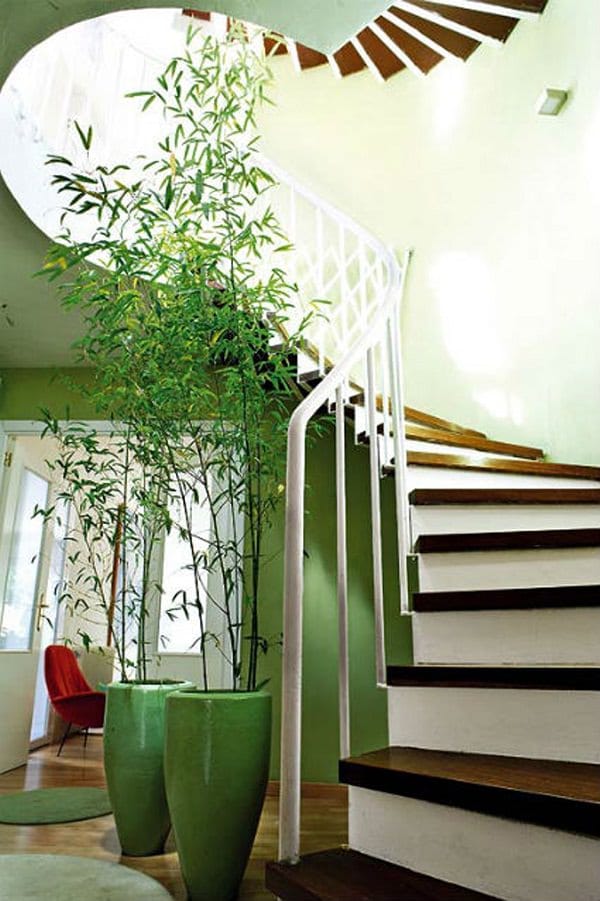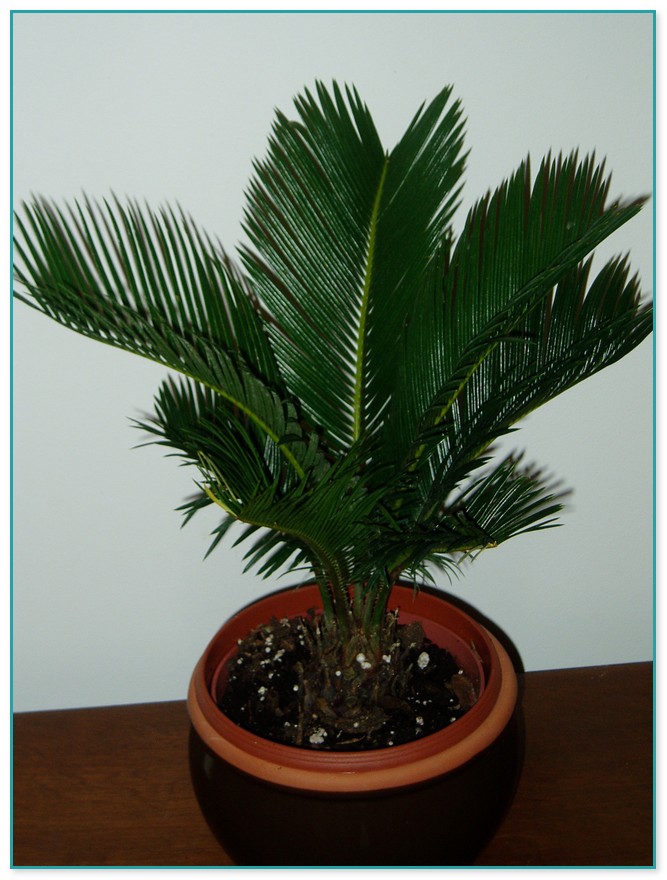Table Of Content
It's a reasonably easy popular houseplant but does have a few quirks that need to be accepted if you want to grow a happy and healthy plant. Our write up article has information about all this if needed. It's a fairly thirsty plant, especially if kept in a relatively small pot like the one shown in the photo. This plant is over eight feet tall, and took about three years to get that size says Bill who sent in his photo. If space is limited, but you love the Monstera look, check out the next plant on my list for a perfect alternative. My list has a wide variety, from tall, wide and somewhere in-between, as well as several that will take different light conditions.
Best Large Indoor Plants for Making a Big Statement
Best indoor plants – 12 of the most versatile plants to suit any room in your home - Homes & Gardens
Best indoor plants – 12 of the most versatile plants to suit any room in your home.
Posted: Wed, 06 Mar 2024 08:00:00 GMT [source]
The plant care is easy and you don’t have to work much to keep it healthy and lush. They have big, deep-green leaves with a hinge of yellow in the centers and look like citrus plants. Olive trees have shiny silver leaves and would look amazing amidst your indoor green thumb. The olive fruit is edible and it can be pressed for oil which has healing properties. Beware, there are several varieties of olive and you must bring home European olive as they make one of the best houseplants.
Dwarf Cavendish Banana Tree
Fiddle-leaf figs are notoriously finicky, but if you give yours bright light and don't overwater it, it'll do just fine. Dust the large, dramatic leaves occasionally by wiping them with a soft, damp microfiber cloth. If you're looking for a large indoor plant that's sleek and okay with low light, the ZZ plant is your new best friend. It's super low maintenance since it barely needs to be watered, and it absolutely doesn't mind very low light levels. Spider plants have a reputation for being among the easiest plants to care for, making them popular with beginners and busy gardeners alike.
How and When to Fertilize Houseplants

But sometimes, all you want is just one or two large indoor plants in your home and that's cool too. If kept indoors, your Meyer lemon tree must be in the brightest part of your home. They love warm and humid climates and prefer well-drained soil.

Majesty palms aren't only luscious and full, but they're also pretty easy to care for. They can survive in lower light conditions, but they'll thrive in bright indirect light. Just be sure to keep the soil moist during the spring and summer months. Corn plants are some of the easiest houseplants to grow—and they do grow, to heights of 12 feet or more.
Variegated Pink Lemon Tree
Of course, those big houseplants are just a small sample of the many types of tall house plants you can grow indoors. Remember that tall houseplants don’t have to be the kind that stand on the floor or planters. Some great tall plants for indoors have long, trailing stems that hang elegantly from hanging baskets. When a long flowering plant is needed, the elegant phalaenopsis, or moth orchid, offers the solution. On a desk or table near bright, indirect light, they flower for weeks and sometimes months.
They love bright, indirect sunlight (at least six hours a day) and require constant misting during the spring and summer months. Often mistaken for a palm, the Ponytail Palm is actually a succulent. It is easy to care for, although slow-growing, earning it a place among easy large indoor plants. To care for Euphorbia cactus, plant it in a well draining potting soil and water only when the soil dries.
BEST INDOOR PLANTS FOR MEDIUM LIGHT
When watering, make sure the soil is thoroughly watered and the excess is allowed to drain off. It’s best to keep the plant on the dry side as wet soil can cause root rot. Always water your plants well and do not let the soil get soaked or dry completely. These plants are also tolerable to part shade/part sun and full sun. Bird of Paradise are tropical broad-leaved houseplants very common in many households. Feed your plants with any houseplant feed at normal strength not more than once a month during periods of active growth.
Australian Umbrella Tree
This is especially important for indoor plants with top-heavy growth or those with thin, weak stems. Stakes or plant supports can be used to provide stability and prevent the plant from bending or toppling over. Carefully insert the stake into the soil near the base of the plant and gently tie the stems to the stake using soft ties or plant clips. Be mindful not to tie too tightly, allowing the large houseplant room to grow and expand naturally. A few different plants in the Monstera family go by this common name.
A Madagascar dragon tree has a strong root system that ensures it remains tough through thicks and thins. Keep it in bright, indirect light and water it frequently with non-fluoridated water. They love to stay at room temperatures, it can tolerate lower temperatures, but that would affect its growth rate. While this needled tree may look like it's related to the pine tree, it's actually more closely related to an orchid. Norfolk pines love bright light and humidity, meaning they'll do best in a warm, south-facing window. To increase humidity around the tree, consider using a pebble plate, which is a shallow dish with pebbles and water in it, to keep the air moist.
It doesn’t climb or trail but instead has more of a clumping form. With green, bronze, or variegated leaves, the glossy foliage of rubber tree looks good in any room. With their long, strappy leaves, dracaena are striking plants with a strong, upright form.
Just know Croton's need bright light or indirect sunlight to retain their unusual and bold colors. Reverting to more basic dark green leaves if grown in darker areas. Schefflera is a well-known houseplant with typical foliage. It is easy to maintain, though, like all the other tall houseplants on this list, it requires a large pot to grow and exposure to bright indirect sunlight. Indoor banana trees are container plants with huge tropical broad leaves that make a dramatic statement in any office or room.
All monstera varieties prefer bright light but can adjust to lower light levels. The ideal conditions for the tall Australian umbrella tree are high sunlight and minimal watering. This tree can eventually grow up to 10 feet tall, so one day you can actually sit in the shade under its umbrella-like canopy. When you’re choosing a big indoor plant for your interior space, consider what types of textures you enjoy looking at. You also want to make sure that your indoor environment is a good fit for whatever plant you’re interested in. Moreover, consider whether you have the time and energy to care for a plant — a basic snake plant will be easier to maintain than a finicky fiddle-leaf fig.
Tolerant to poor lighting conditions, it makes for a great houseplant, thanks to its mini tree-like appearance. It is also on the list of NASA’s list of clean air plants and helps in removing formaldehyde and benzene from the air. Ficus are fascinating large indoor potted plants that are both easy to grow and maintain. According to one NASA study, they also improve indoor air quality.
I was also given another when I started a job in 2007 and I still have that one too. It's finally made it to the roof of the room and I know I'm going to have to prune it a little soon. You can read about my experiences with these plants over on my Dragon Tree guide. The Corn Plant or Dracaena Fragrans is called a False Palm because it looks like a Palm Tree. It's not a palm, but it is definitely a bold statement houseplant. Another classic, the Umbrella Plant (Schefflera) looks good in both traditional and modern design.

No comments:
Post a Comment